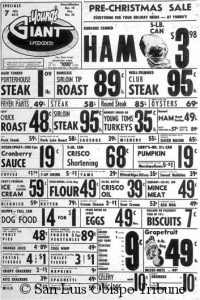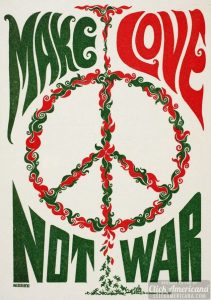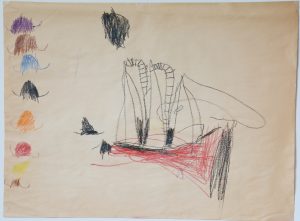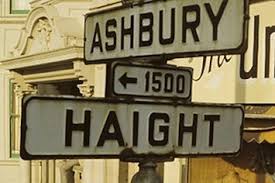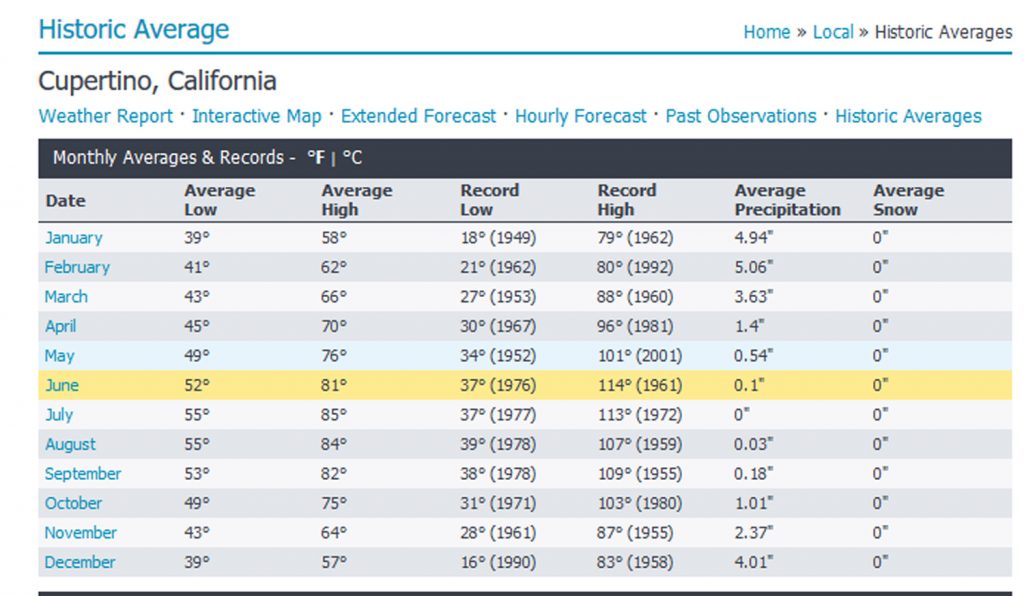Archive for July, 2017
A roof and a meal in 1968 dollars
While rereading letters dated early 1968 from California to my New Zealand parents, I discovered a conversation about the cost of housing and the cost of living generally. If you’ve seen the current astronomical real estate prices in the San Francisco Bay Area you will be mind-boggled at the numbers. For that matter, housing prices have also risen dramatically in New Zealand cities. (To take inflation into account, multiply the US 1968 numbers by 7.2)
The conversation started with mention that friends in the apartment complex where we lived had bought a house.
2 Jan. 1968
On Sunday we spent the afternoon at the J___s’ new house – they have managed to acquire a lovely rural acre running down to a creek – we are very envious.
26 Jan. 1968
You asked about the price of housing. Well, the J___s got theirs extremely cheaply, because of some easements on the property – power lines restrict building on one corner, and a road may possibly go down the side of it. Normally such a place would go for between $45,000 and $50,000 – they got it for under $35,000. Housing is generally pretty expensive here. If you want a genuine or potential slum you only have to pay about $18,000, but the vast majority of ordinary middle class suburban houses – about equivalent to the typical NZ suburban house – come in the range $22,000 to $28,000. New houses in this area, that is, the west side of the [Santa Clara] valley, are all $35,000 and up. Down payment is between 10%–25%. Which puts us out of the housing market for some time.
Just for comparison, what would an equivalent house in NZ cost now? The outer suburbs of Auckland or Wellington, for instance. It would also be interesting to compare costs of living – could you find out for me how much it would cost per week to keep house for a family like ours, for instance?
27 Feb. 1968
Thank you for the list of prices etc. Costs certainly seem to be fairly high. Your power bill is about the same as ours, and so is the telephone. Houses in NZ seem to be about half our price, but rents considerably lower – we are paying $160 a month, or $40 a week, and this is pretty reasonable for this area. To get a house we would have to pay $225 or more.
Your food bill is certainly much cheaper than mine. I have $40 a week for housekeeping, of which about $20 goes on groceries, $4 on fruit and vegetables, $5 on meat (and this is pretty frugal – we practically never eat steak, for instance. In fact, our standard of living hasn’t changed much from what it was in England.) The rest goes on miscellaneous sundries – sewing notions [I sewed all my own and the children’s clothes], postage, haircuts – at $3 a go for an ordinary cut it’s just well I don’t go in for sets, perms, etc., and the boys’ hair I cut myself.
…This seems to be turning into a grouch about costs, which is not really fair, as salary levels are comparably higher. At present we are managing to save about 10% of Tony’s salary, which is better than we have ever done.
Those new houses in Cupertino that in 1968 were selling for $35,000 are now listed at over $2,000,000. That’s eight times the inflation rate. Economists might say that’s the law of supply and demand.
Summer of 1967: an immigrant’s view
San Francisco, 1967. Sunday afternoon at Maritime Park. About twenty young black men sit on a low sea wall, bongo drums between their knees, thrumming an intoxicating rhythm. A crowd has gathered. Picnicking on the beach, my husband, children and I listen too, enthralled by the joyous sound. We have spent the morning exploring the old ships at the Hyde Street pier. Later in the day we explore the new tourist attraction of Ghiradelli Square.
In a letter to parents I wrote: … an old chocolate factory now converted into an arty plaza and shopping centre with fountains, outdoor restaurants, etc. … One of the most interesting places was the Children’s Art Centre – just a little gallery for exhibitions of children’s paintings, and free paper and crayons for any infant who felt like drifting in and drawing a bit.
New to California, we had heard of the hippies in the Haight/Ashbury district, so on our way home to Cupertino we detoured along Haight Street. Sure enough, we passed storefronts with funky signage, long-skirted young women with hair held by braided headbands, long-haired and bearded young men in tie-dyed tee-shirts, a group playing music on a corner. Like travelers viewing exotic fauna, we gawked and drove on.
It is only now, looking back, I realize how little we understood of what we were seeing. The flower children who poured into San Francisco in what is now known as the Summer of Love were an eclectic group, revolutionary in their rejection of consumerist values, opposition to the Vietnam war, and embrace of free love, drugs, art and music. But this counterculture had a historical context, and this as immigrants we did not possess. I remember where I was when I learned in 1963 that President Kennedy had been assassinated. Like my English neighbors, I was shocked. But I did not experience that communal sharing of grief my American contemporaries remember. On British television I saw newsreel images of civil rights marchers being attacked by snarling dogs, fire hoses, and baton-wielding cops. But that was in some barbaric, far-off country. From the BBC news reports about Vietnam, it was obvious that American military involvement was a disaster, bound to fail as the French had before them. I’d not yet grasped the deadly impact of the draft on young American men.
Over the decades that followed our first summer in the US, I gradually filled in my knowledge gaps, mainly through snippets of personal information: a teacher who dodged the draft by moving to Canada, a veteran who came back from the war physically and psychologically maimed, a man who as a student registered voters in the Mississippi Freedom Summer of 1964, a doctor and his poet wife who were cast out of their New England village because of their opposition to the Vietnam war. I took part in fair housing studies, and learned first-hand the effects of racism. I read histories of the period. But there has always been for me a sense of distance, a sense of being an outsider when my contemporaries discuss the experiences of their youth. I believe this sense of distance is true of all immigrants who come to this country as adults. Try as we might to ‘become Americans,’ we simply cannot share in the memory of those collective experiences that have shaped the early lives of our American-born neighbors and friends.
However, it has been fifty years since our arrival as new immigrants, since that summer of 1967. Over the years, new national crises and issues have unfolded. We have reacted to them, talked about them with friends, shared in community actions. We learned to belong. We too have finally become part of the American story.
The rain in Camelot
When I arrived in California from England’s green and rainy land, I thought I must have landed in Camelot. Remember that song from the 1960 Lerner & Loewe musical?
The rain may never fall till after sundown
By eight, the morning fog must disappear
In short, there’s simply not a more congenial spot
For happy-ever-after-ing than here in Camelot
It rained for a week or two after we arrived, from late May into early June. My new neighbors kvetched, “Enough already!” After a normal rainy winter, early spring had been dry. Now the rains had started back up, and they didn’t like it. I, however, was enchanted. It truly only rained at night; the days were warm and sunny.
Eventually the rain stopped. Grass on the hills turned from green to gold. I had learned about Mediterranean climate in geography class at school: how it occurs only in five parts of the world, on the western sides of continents, between roughly 30 and 45 degrees north and south of the Equator. How it is associated with rotating high pressure zones that migrate through these sub-equatorial latitudes depending on the angle of the sun, bringing clear skies in summer and moving equator-ward to allow frontal cyclones to bring rain in winter.
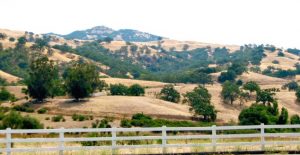
A classic California landscape: Mt. Hamilton, to the east of Cupertino. Image from http://www.pleinairmuse.com/
Now I was living this rare climate. Warm sunshine day after day. Golden hills faded to a dusty tan. As summer crept toward fall, I found myself longing for the rain and dark I had hated in England. I discovered that my neighbors, too, eagerly awaited the first rain of the season. We celebrated together as the sky darkened and the first drops fell. I was learning to be a Californian.
